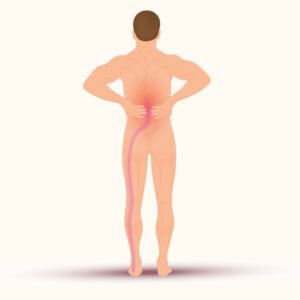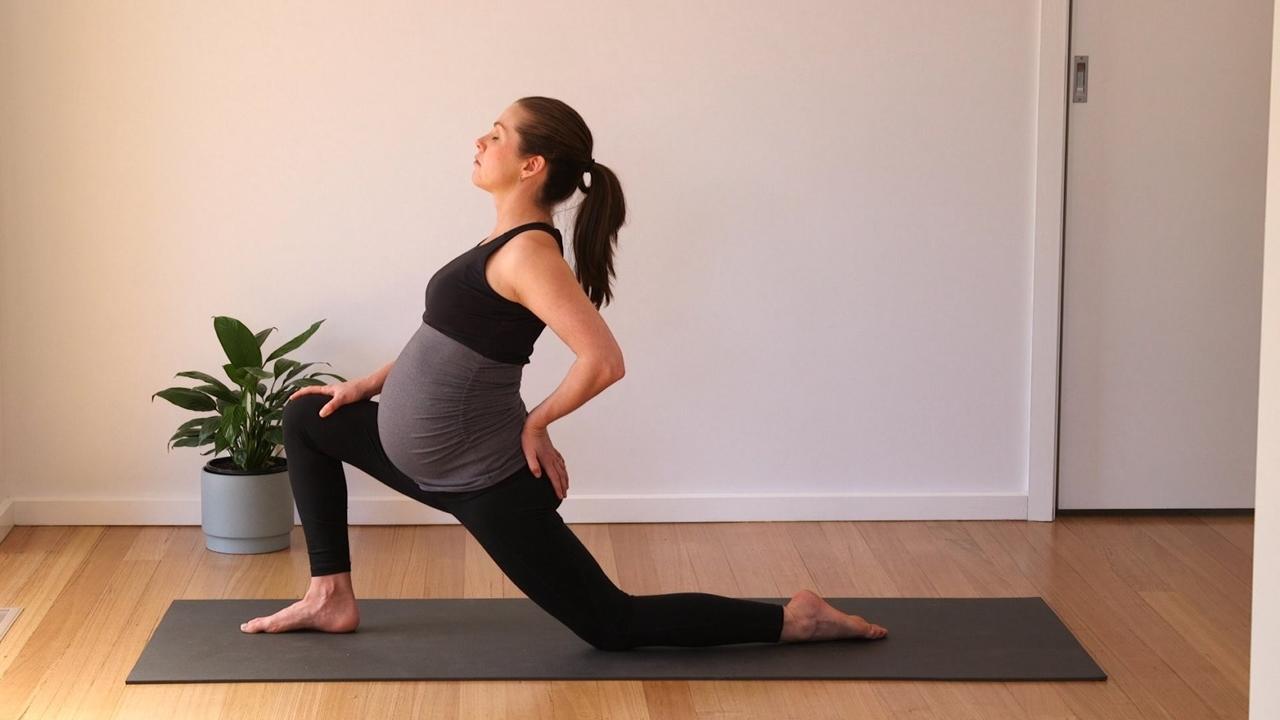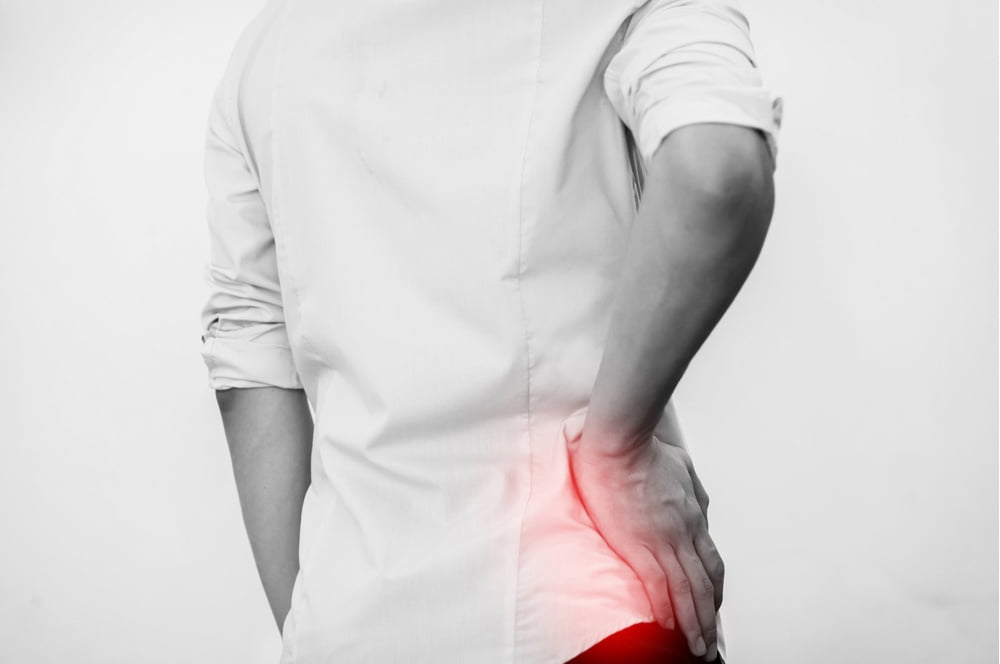Sciatica is a common yet debilitating condition that affects millions of people worldwide. It can cause excruciating pain, numbness, and tingling sensations, making even simple tasks seem unbearable. In this comprehensive guide, we’ll explore what sciatica is, its causes, and various treatment options for finding relief.
Contents
Introduction
Sciatica is not a medical condition in itself; rather, it is a symptom of an underlying problem. It occurs when the sciatic nerve, the longest nerve in the human body, becomes compressed or irritated. The sciatic nerve originates from the lower back, travels through the buttocks, and extends down each leg. When pressure is exerted on this nerve, it leads to the characteristic pain and discomfort associated with sciatica.
Understanding Sciatica

Sciatica refers to the pain that radiates along the path of the sciatic nerve. While the pain usually affects one side of the body, it can also occur on both sides. The severity of symptoms can vary widely, from mild and infrequent to severe and constant.
To comprehend sciatica better, it’s essential to understand the anatomy of the sciatic nerve. The nerve roots that form the sciatic nerve are located in the lower back or lumbar spine (L4 to S3) and sacral region. These nerve roots merge to create the sciatic nerve, which then travels down through the pelvis and buttocks, branching into each leg.
Causes of Sciatica
Sciatica can arise due to various underlying conditions. Understanding the causes is crucial for effective treatment and pain management.
Herniated Discs
One of the most common causes of sciatica is a herniated or slipped disc. When the soft inner core of a spinal disc protrudes through its outer covering, it can compress the adjacent sciatic nerve roots.
Spinal Stenosis
Spinal stenosis, a condition where the spinal canal narrows, can also lead to sciatica. The narrowed passageways put pressure on the nerve roots, resulting in pain and discomfort.
Piriformis Syndrome
The piriformis muscle, located in the buttocks, can sometimes irritate or compress the sciatic nerve, causing symptoms similar to sciatica.
Spondylolisthesis
Spondylolisthesis is a condition where one vertebra slips forward over an adjacent vertebra. This misalignment can put pressure on the sciatic nerve.
Trauma or Injury
Injuries to the lower back or buttocks region, such as from a fall or accident, may damage the sciatic nerve, leading to sciatica.
Recognizing Sciatica Symptoms
Identifying sciatica early is crucial for timely treatment. The following symptoms may indicate sciatica:
Sharp, Shooting Pain
Sciatica pain is often described as a sharp, shooting, or electric shock-like sensation. It can start in the lower back and radiate down the leg.
Numbness and Tingling
People with sciatica may experience numbness or tingling in the affected leg or foot. This sensation is often felt along the path of the sciatic nerve.
Muscle Weakness
Sciatica can lead to weakness in the leg muscles, making it challenging to walk or stand.
Diagnosis of Sciatica

If you suspect you have sciatica, it’s essential to consult a healthcare professional for an accurate diagnosis. The following methods are commonly used to diagnose sciatica:
Physical Examination
During a physical examination, a healthcare provider will check your range of motion, reflexes, and muscle strength. They may also ask about your symptoms and medical history.
Imaging Tests
Imaging tests like X-rays, MRIs, or CT scans can provide detailed images of the spine and help identify any structural issues or abnormalities.
Electromyography (EMG)
An EMG measures the electrical activity in the muscles and can help determine if the sciatic nerve is functioning correctly.
Non-Surgical Treatment of Sciatica
While severe cases of sciatica might require surgical intervention, many cases can be effectively managed with non-surgical treatments. Here are some common non-surgical treatments for sciatica:
- Physical Therapy: A physical therapist can design a specific exercise program to improve flexibility, strengthen the muscles around the affected area, and alleviate pressure on the sciatic nerve.
- Heat and Ice Therapy: Applying heat packs or ice packs to the affected area can help reduce inflammation and alleviate pain. Ice is generally recommended in the first 48 hours after the onset of symptoms, and heat can be used thereafter.
- Pain Medications: Over-the-counter pain relievers such as acetaminophen, ibuprofen, or naproxen can help manage pain and reduce inflammation.
- Epidural Steroid Injections: These injections deliver corticosteroids directly into the space around the affected nerve root, providing significant relief from pain and inflammation.
- Acupuncture: This traditional Chinese therapy involves the insertion of thin needles into specific points on the body to promote natural healing and pain relief.
Home Remedies and Self-Care Tips
In addition to the non-surgical treatments mentioned earlier, there are several home remedies and self-care tips that may help alleviate sciatica pain and promote healing. Here are some recommendations:
- Rest: Avoid activities that worsen the pain, but try to stay as active as possible without putting strain on the affected area.
- Good Posture: Practice proper posture while sitting, standing, and walking to reduce pressure on the lower back and sciatic nerve.
- Lifting Technique: When lifting heavy objects, bend your knees and keep your back straight to avoid straining the lower back.
- Hot or Cold Compresses: Applying a hot or cold compress to the affected area can help reduce inflammation and provide temporary pain relief. Use a cold pack in the first 48 hours, then switch to a warm compress.
- Elevate Legs: If the pain is caused by a herniated disc, elevating your legs while lying down can help relieve pressure on the nerve.
- Massage: Gentle massage or using a foam roller on the affected area may help reduce muscle tension and provide some relief.
Surgical Options for Severe Cases
Some common surgical options include:
- Laminectomy: This procedure involves the removal of a portion of the bony arch of the vertebra (lamina) to create more space for the spinal nerves, including the sciatic nerve. It is commonly performed to treat spinal stenosis, where the spinal canal becomes narrowed and compresses the nerve roots.
- Discectomy: A discectomy involves the removal of the herniated portion of a spinal disc that is pressing on the sciatic nerve. This surgery is commonly performed to treat sciatica caused by a herniated disc.
- Microdiscectomy: This is a minimally invasive version of a discectomy, where a smaller incision is made, and specialized surgical tools are used to remove the herniated disc material.
- Laminotomy: Similar to a laminectomy, a laminotomy involves the removal of only a small portion of the lamina, which may be suitable for specific cases.
- Spinal Fusion: In some instances, spinal fusion may be recommended to stabilize the spine and prevent movement between vertebrae. This procedure is typically considered for cases involving spinal instability, such as spondylolisthesis, and may be combined with other surgical techniques.
Sciatica in Pregnancy

Sciatica during pregnancy is a common condition that occurs when the sciatic nerve, which runs from the lower back down the legs, becomes compressed or irritated. The growing uterus and hormonal changes during pregnancy can contribute to increased pressure on the sciatic nerve, leading to pain and discomfort.
Sciatica during pregnancy can manifest as shooting pain, tingling, or numbness that radiates from the lower back to the buttocks and legs.
Causes of Sciatica during Pregnancy:
- Weight Gain: The additional weight gained during pregnancy can put pressure on the lower back and sciatic nerve.
- Postural Changes: As the pregnancy progresses, the center of gravity shifts, leading to changes in posture, which can strain the lower back and contribute to sciatica.
- Hormonal Changes: During pregnancy, the body releases hormones like relaxin, which loosen the ligaments and joints to prepare for childbirth. This can affect the stability of the spine and contribute to sciatic nerve compression.
- Uterine Pressure: The growing uterus can press against the sciatic nerve, causing irritation and pain.
Sciatica in Athletes
Sciatica can also affect athletes, and it can be particularly challenging for them since it may interfere with their training, performance, and overall athletic goals. Athletes are often prone to sciatica due to the repetitive and high-impact nature of their sports activities, which can lead to nerve compression or irritation in the lower back and legs. Here are some key points to consider regarding sciatica in athletes:
- Common Causes: Sciatica in athletes can be caused by various factors, including herniated discs, spinal stenosis (narrowing of the spinal canal), piriformis syndrome (compression of the sciatic nerve by the piriformis muscle), and degenerative disc disease, among others.
- Overuse and Repetitive Motion: Athletes involved in sports that require repetitive movements, such as running, cycling, or weightlifting, may be at higher risk of developing sciatica due to continuous stress on the spine and surrounding structures.
Conclusion
Sciatica is a challenging condition that affects countless individuals worldwide. By understanding its causes, symptoms, and various treatment options, individuals can take proactive steps to manage and alleviate their sciatica pain. From non-surgical treatments and home remedies to surgical interventions for severe cases, a comprehensive approach ensures the best possible outcome. Moreover, preventive measures, coping strategies, and support systems can help individuals lead fulfilling lives while managing sciatica. Remember to consult a healthcare professional for personalized advice and treatment plans tailored to individual needs.
Physical Therapy helps patients recover from pain. If you’re experiencing Foot, Back, Shoulder, Knee, Neck, Elbow, Hip, or Arthritis pain, a physical therapist at PhysioMantra can help: Book an online physical therapy session.



